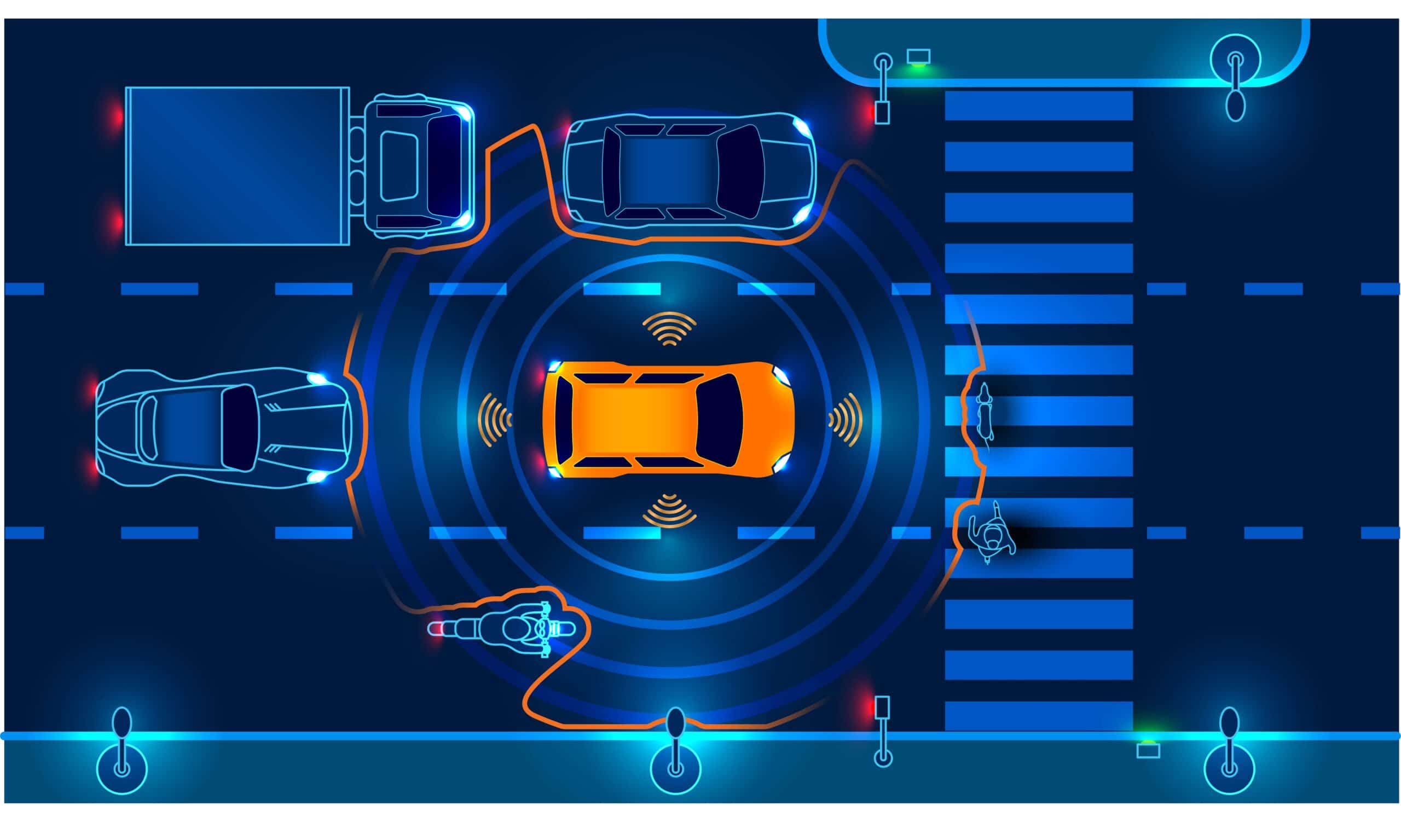Autonomous vehicles (AVs) including fast-growing fleets of self-driving cars and trucks are poised to revolutionize transportation. The global automotive industry is on the cusp of significant change, enabled by innovative automated driving system (ADS) and autonomous vehicle (AV) technologies in a fast-growing market estimated to reach $7 trillion by 2050; yet, widespread deployment hinges almost entirely on safety. 
A single ADS mishap can have far-reaching implications, adversely affecting the acceptance and adoption of autonomous vehicles worldwide. Destruction of property and loss of life caused by any manner of ADS failure will not be tolerated by the public, regulatory bodies, transportation officials, or lawmakers—all of whom seek assurances from automotive manufacturers that the vehicles, including all essential systems, can be trusted to perform reliably no matter what they might encounter on the road.
Predictable, repeatable performance over time is integral to safety, which in turn builds trust. A single unfortunate event could slow, set back, or even bring an abrupt end to the advancement, adoption, and acceptance of autonomous driving systems and threaten the entire, global autonomous vehicle industry. Automated driving system failures are not an option and must be avoided, using systems specifically designed to be durable, offer high availability, and perform reliably in various operational environments throughout their life cycle.
Table of Contents
- ADS Anatomy
- Unpredictable Environments
- Best Practices and Guidance
- Operational Domain
- Mission and Safety-Critical Systems
- Reliability Research
- Rugged Prerequisite
- Chassis Considerations
- Autonomous Innovation
- Speed to Market
- High Reliability for Safety